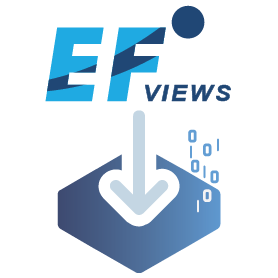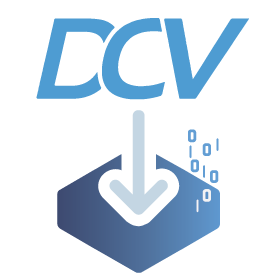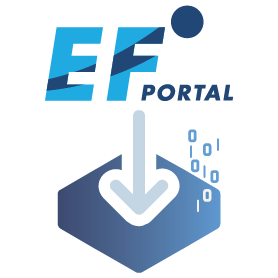Here are some reasons why Remote 3D Visualization could be of interest:
- Do network or hardware limitations slow down engineering work on the workstation?
- Did you try running 3D applications from a remote server, but got poor performance?
- Do you need to secure and protect your design data?
- Do you need to collaborate on 3D data, and did not find an effective approach yet?
- Software distribution to workstations is too expensive and time consuming?
It’s human nature to want to ‘see’ the results from simulations, tests, and analyses. Up until recently, this has meant ‘fat’ workstations on many user desktops. This approach provides cpu-power when the user wants it – but as dataset size increases, there can be delays in downloading the results. Also, sharing the results with colleagues means gathering around the workstation – not always possible in this globalized, collaborative workplace.
Increasing dataset complexity (millions of polygons, interacting components, MRI/PET overlays) means that as time comes to upgrade and replace the workstations, the next generation of hardware needs more memory, more graphics processing, more disk, and more cpu cores. This makes the workstation expensive, in need of cooling, and noisy.
Innovation in the field of remote 3D processing now allows companies to address these issues moving applications away from the Desktop into the data center. Instead of pushing data to the application, the application can be moved near the data.
Instead of mass workstation upgrades, Remote Visualization allows incremental provisioning, on-demand allocation, better management and efficient distribution of interactive sessions and licenses. Racked workstations or blades typically have lower maintenance, cooling, replacement costs, and they can extend workstation (or laptop) life as “thin clients”.
The Solution
Leveraging our expertise in distributed computing and Web-based application portals, NICE Software offers an integrated solution to access, load balance and manage applications and desktop sessions running within a Visualization Farm. The farm can include both Linux and Windows resources, running on heterogeneous hardware.
The core of the solution is the EnginFrame Visualization plug-in, that delivers Web-based services to access and manage applications and desktops published in the Farm. This solution has been integrated with multiple remote display protocols, NICE Desktop Cloud Visualization (NICE DCV), HP Remote Graphics Software (RGS), RealVNC, TurboVNC and VirtualGL
Coupled with these third party remote visualization engines (which specialize in delivering high frame-rates for 3D graphics), the NICE Software offering for Remote Visualization solves the issues of user authentication, dynamic session allocation, session management and data transfers.
End users can enjoy the following improvements:
- Intuitive, application-centric Web interface to start, control and re-connect to a session
- Single sign-on for batch and interactive applications
- All data transfers from and to the remote visualization farm are handled by EnginFrame
- Built-in collaboration, to share sessions with other users
- The load and usage of the visualization cluster is visualized in the browser
The solution also delivers significant added-value for the system administrators:
- No need of SSH / SCP / FTP on the client machine
- Easy integration into identity services, Single Sign-On (SSO), Enterprise portals
- Automated data life cycle management
- Built-in user session sharing, to facilitate support
- Interactive sessions are load balanced by a standard scheduler (LSF, GridEngine, SLURM (see also our Automatic SLURM Build and Installation script), Torque, …) to achieve optimal performance and resource usage
- Better control and use of application licenses
- Monitor, control and manage users’ idle sessions
Any questions please let us know via our contact form.
(Features may vary according to the remote visualization engine and scheduler)



